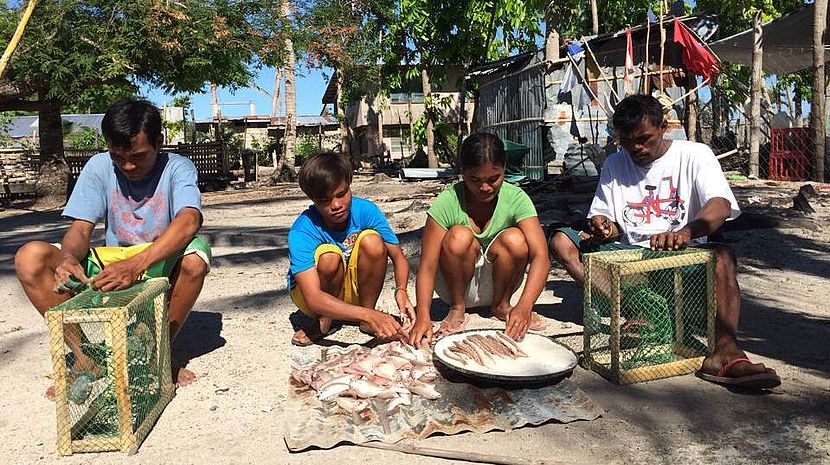Nepal 2015 earthquake - Impact assessment

This study, funded by CBM and HelpAge International, assesses the impact of the 2015 Nepal earthquake on older people and persons with disabilities. It identifies barriers to inclusion and participation, and provides recommendations to ensure that future humanitarian action addresses these issues.
Context
Older people and persons with disabilities are disproportionately affected by natural disasters. They are often overlooked during preparedness and response work, both as service end-users and as active planners/responders. To analyse and document this situation CBM and HelpAge International funded research to identify barriers to inclusion and participation during the 2015 Nepal earthquake, to measure the extent to which the skills and knowledge of these people were utilised, and to provide recommendations for the future.
Full report and Policy brief
Assessing the impact of the 2015 Nepal earthquake - Full report
(PDF, ~ 967.7kB)
Assessing the impact of the 2015 Nepal earthquake - Policy brief
(PDF, ~ 258.9kB)
Study findings (main points)
- The study found that the earthquake had psychosocial impact on older people and persons with disabilities, and that older people with disabilities experienced more trauma, anxiety, and depression than other members of the community.
- Gender, age, disability, and ethnicity all significantly impacted the effect of the earthquake.
- The earthquake disrupted persons with disabilities’ and older people’s social networks, which are among the major coping capacities that help people manage emergencies.
- The main barriers that restricted older people and persons with disabilities from accessing humanitarian aid were distance, topography, access to information and distribution venues, discrimination and political influence.
- Unsystematic and inadequate data on older persons and persons with disabilities resulted in the duplication, neglect and exclusion.
- Humanitarian actors’ efforts often failed to address all the requirements of older people and persons with disabilities.
- As well as further institutional barriers, there were examples of good practice from specific humanitarian actors.
Recommendations for the way forward (summarised)
- Provide psychosocial counselling that targets older women and women with disabilities
- Organise outreach health camps in accessible locations and ensure availability of relevant medicines
- Establish a system for the equitable distribution of relief aid which is age- and disability-inclusive
- Restore lost livelihoods and design inclusive support for recovery through small-scale livelihood-based enterprises with emphasis on development of relevant skills
- Collect disaggregated data by developing common and agreed-upon data collection templates and formats
- Advocate for the inclusive and accessible construction of physical infrastructures, with Disabled People’s Organisations (DPOs) taking a lead role
- Ensure Older Persons’ Organisations (OPAs) and DPOs can provide a good support system, social assets, strong peer networks, and political connections as well as cash and material support
- Mainstream age, disability and inclusion-related issues in administrative, human resource, and gender and social inclusion policies
- Reaching the unreached: establish points of distribution in previously unreached areas; information about distribution should be effectively communicated in understandable and accessible formats; both male and female staff from humanitarian agencies should be mobilised to address gender-based issues and complaints; the media should be mobilised to highlight any problems encountered in accessing the humanitarian aid in post-disaster situations
- Age- and disability-inclusive WASH infrastructures should be built in accessible and safe areas
- Advocate for adoption of accessible transitional shelter designs that take into consideration age and disability issues
- Strengthen the capacity of OPAs, DPOs, and the national DPO network
- Advocate for the inclusion of older people and persons with disabilities and mainstreaming of age and disability into disaster preparedness efforts
More reading
Nepal earthquake - one year on
Working to ensure that everyone in the affected communities - including persons with disabilities - benefits from and participates in relief and recovery work
CBM working with local partners to ensure that people with disabilities are included at all levels of disaster preparedness and response